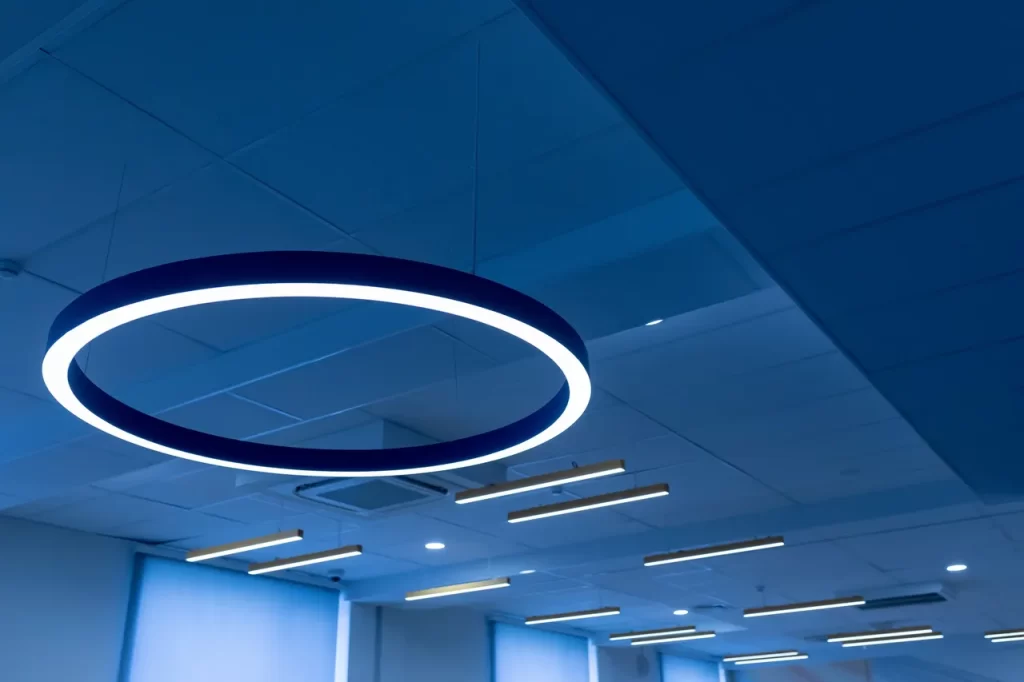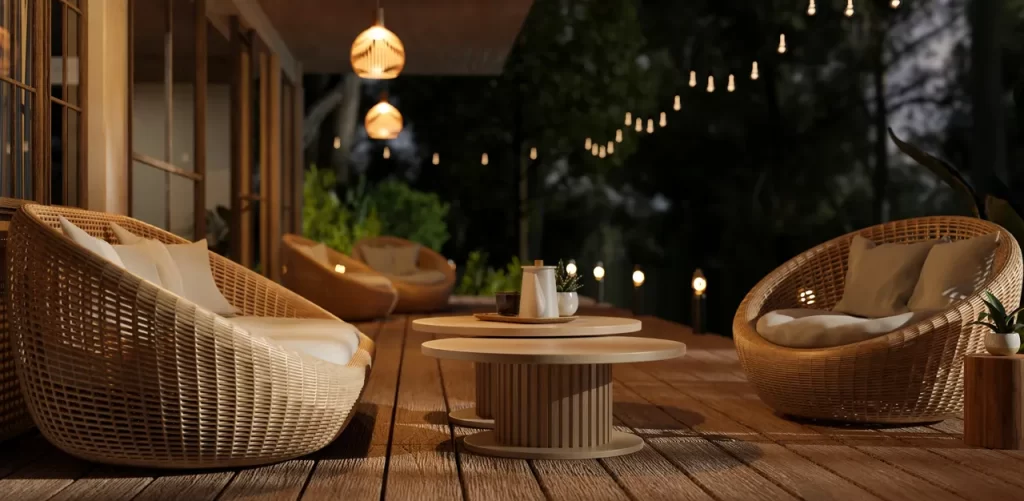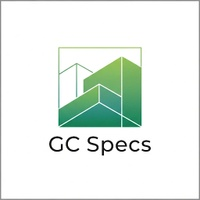


It is increasingly important to incorporate eco-friendly and energy efficient lights in buildings for a multitude of reasons, spanning environmental, economic, and human well-being benefits. Beyond simply "being green," the right energy saving lighting strategy can significantly contribute to a building's overall sustainability profile and even help achieve valuable LEED certification.
Why Eco-Friendly and Sustainable Lighting Matters
* Reduced Energy Consumption and Carbon Footprint:
* Traditional lighting, particularly incandescent and older fluorescent bulbs, consumes a significant amount of electricity. Globally, lighting accounts for about 15% of total electricity consumption.
* Eco-friendly options, primarily LED (Light Emitting Diode) technology, are remarkably energy-efficient, often using 75% to 90% less energy than incandescent bulbs for the same light output.
* This reduction in energy demand directly translates to lower utility bills for building owners and a decreased reliance on fossil fuels for electricity generation.
* Lower energy consumption means a smaller carbon footprint, helping to mitigate greenhouse gas emissions and combat climate change.
* Longevity and Reduced Waste:
* Sustainable lighting solutions, especially LEDs, boast significantly longer lifespans compared to conventional bulbs. An LED bulb can last 25,000 to 50,000 hours or more, compared to 1,000 hours for an incandescent or 6,000-15,000 hours for a CFL.
* This extended lifespan drastically reduces the frequency of bulb replacements, leading to less manufacturing, transportation, and disposal of new bulbs. This minimizes material consumption and waste sent to landfills.
* Elimination of Hazardous Materials:
* Many traditional lighting types, such as compact fluorescent lamps (CFLs), contain mercury, a toxic heavy metal that poses environmental and health risks if not disposed of properly.
* LEDs, on the other hand, are largely free of hazardous materials, making them safer for manufacturing, use, and disposal. This contributes to a healthier indoor environment and reduces potential contamination.
* Improved Occupant Well-being and Productivity:
* Sustainable lighting often incorporates principles of good lighting design, including maximizing natural daylight (daylighting) and providing tunable white light (color temperature and intensity that can be adjusted).
* Natural light has been shown to improve mood, reduce eye strain, regulate circadian rhythms (sleep-wake cycles), and increase productivity in occupants.
* Quality LED lighting can offer better color rendering and less flicker than older technologies, creating more comfortable and visually appealing environments.
* Reduced Heat Output:
* Incandescent bulbs convert a significant portion of their energy into heat (up to 90%), contributing to a building's cooling load.
* LEDs are much more efficient at converting electricity into light, emitting very little heat. This reduces the burden on HVAC systems, leading to further energy savings and improved thermal comfort.
How the Right Lighting Can Help with LEED Credits
LEED (Leadership in Energy and Environmental Design) is a globally recognized green building certification program. Sustainable lighting design is a critical component for achieving LEED certification, contributing points across several categories:
* Energy & Atmosphere (EA) Credits: This is where lighting has the most direct impact.
* Minimum Energy Performance (Prerequisite): All projects must meet minimum energy performance standards, typically aligned with ASHRAE 90.1, which mandates energy-efficient lighting power densities.
* Optimize Energy Performance (Credit): By exceeding the baseline energy performance, projects can earn substantial points. Implementing high-efficiency LED fixtures, advanced lighting controls (occupancy sensors, daylight harvesting, dimmers), and integrating lighting with renewable energy sources (like solar panels) are key strategies. LED lighting alone can reduce energy consumption by up to 80% compared to traditional sources, significantly contributing to this credit.
* Renewable Energy Production (Credit): If lighting is powered by on-site renewable energy systems, it further contributes to this credit.
* Indoor Environmental Quality (EQ) Credits:
* Daylight (Credit): Maximizing natural daylighting in regularly occupied spaces reduces the need for artificial lighting and earns points. This involves thoughtful building orientation, window design, and light shelves.
* Quality Views (Credit): Providing occupants with views to the outdoors can also earn points, and well-designed lighting systems can complement these views without creating glare.
* Interior Lighting (Credit): This credit focuses on providing high-quality artificial lighting, including:
* Glare Control: Using fixtures with appropriate shielding or low luminance to prevent discomfort glare.
* Lighting Quality: Selecting fixtures with good color rendering index (CRI) and color consistency.
* Lighting Controls: Providing individual lighting controls or multi-zone control for occupants to adjust light levels to their preferences, which enhances comfort and productivity.
* Materials & Resources (MR) Credits:
* Building Product Disclosure and Optimization - Environmental Product Declarations (EPDs): Choosing industrial lighting solutions from manufacturers that provide EPDs for their materials demonstrates transparency in environmental impact.
* Building Product Disclosure and Optimization - Sourcing of Raw Materials: Selecting lighting fixtures made from recycled content, rapidly renewable materials, or locally sourced materials contributes to these credits.
* Construction and Demolition Waste Management: Longevity of LED fixtures means less waste from replacements over the building's lifecycle.
* Sustainable Sites (SS) Credits:
* Light Pollution Reduction (Credit): This credit aims to minimize light trespass from the building site, reduce skyglow, and improve nighttime visibility. Proper exterior lighting design, including full cutoff fixtures, appropriate light levels, and controls that turn off lights when not needed, is crucial.
* Innovation (IN) Credits:
* Projects can earn innovation credits for exemplary performance in existing credits or for implementing strategies not explicitly covered elsewhere, such as advanced integrated lighting systems that optimize energy use based on real-time occupancy and daylight levels.
Information on Best Eco-Friendly Lighting Brands
When considering "best" brands, it's important to look for companies that prioritize energy efficiency, product longevity, responsible manufacturing practices, and increasingly, transparent environmental impact data (like EPDs). Many reputable lighting manufacturers are making significant strides in sustainability. Here are a few examples of brands known for their commitment to quality and eco-friendliness, though the "best" choice will always depend on the specific application and design needs:
* Philips Lighting (Signify): As a global leader, Signify (formerly Philips Lighting) is at the forefront of LED technology and smart lighting systems. They are committed to circular economy principles, offering long-lasting, energy-efficient products and actively working on reducing their environmental footprint. Their Interact platform for connected lighting solutions offers advanced controls for energy savings.
* Acuity Brands: A large North American lighting manufacturer, Acuity Brands offers a wide range of LED luminaires and control systems (like nLight). They focus on energy efficiency, intelligent controls, and solutions that support sustainable building certifications.
* Cree Lighting: Known for their pioneering work in LED technology, Cree Lighting (now part of IDEAL INDUSTRIES, INC.) produces high-performance, energy-efficient LED fixtures for various applications. They emphasize longevity and light quality.
* Zumtobel Group (Zumtobel, Thorn, acdc): This European group is recognized for its high-quality, innovative lighting solutions. They prioritize sustainable production processes and offer intelligent lighting management systems that contribute to energy savings and occupant well-being.
* Erco: A German manufacturer specializing in architectural lighting, Erco is known for its precise optics and highly efficient LED tools. They focus on providing "light for architecture" with minimal energy consumption and long product lifespans.
* WAC Lighting: Offers a broad range of energy-efficient LED lighting, including architectural, decorative, and task lighting. Many of their products are ENERGY STAR rated, indicating high energy efficiency.
* USAILighting: Specializes in high-performance, energy-efficient recessed and track lighting. They emphasize sustainable design and manufacturing processes and are often specified in LEED-certified projects due to their efficiency and controls capabilities.
When selecting lighting products for a sustainable building project, always look for:
* ENERGY STAR certification: For proven energy efficiency.
* DLC (DesignLights Consortium) listed products: For commercial and industrial applications, ensuring performance and eligibility for rebates.
* Manufacturer transparency: Look for companies that provide environmental product declarations (EPDs) and demonstrate commitments to sustainability.
* Integrated controls capability: The fixture itself might be efficient, but its ability to integrate with occupancy sensors, daylight sensors, and dimming systems is crucial for maximizing energy savings and earning LEED credits.
* Longevity and maintainability: Products designed for long life and easy maintenance reduce waste and operational costs.
By carefully considering these factors, building designers and owners can create spaces that are not only aesthetically pleasing and functional but also environmentally responsible and economically beneficial.
